2020 Resolution: Crossing the Threshold
If you make your way down the aisle of any self-help section at a bookstore, no doubt there will be many options addressing setting and maintaining boundaries. Here’s the thing - in 2020 I’m focused on throwing geographic boundaries out the window [but not out of a moving vehicle - that’s not environmentally responsible].
In the digital world and ‘new normal’, boundaries and jurisdictions are almost impossible to navigate, regulate - let alone enforce. As our cities transform into smart cities, this becomes even more critical.
In fact, there is more to gain when we focus on a regional approach as opposed to being bound by the boundaries of our municipalities. The most fundamental barriers holding the US, and all of its parts, behind in scaling the smart cities movement are policy lags, procurement and financial constraints. To drive success, these must be addressed, and they must be addressed in an innovative and standardized manner, hence the smart region.
In Dallas-Fort Worth, more than 30 percent of residents live and work in different counties within the metroplex. When those counties operate on disparate systems, whether emergency services, traffic signals, mass transit and so many others, we all suffer.
While enviable in many ways, as we address the impact of 360 people per day moving to DFW, we must address the region as a whole if we want that growth to be sustainable environmentally and operationally. Boundaries are irrelevant - and crossing them is critical.
Increases in extreme weather events, traffic, infrastructure deterioration, affordable housing and income inequality challenges are unintended, but addressable, consequences of this prosperity. There are innumerable opportunities to find success in regional collaboration utilizing best practices in data, technology, sustainability, land use, and service delivery, but the first step is the establishment of entities that drive strategy, commitment to collaboration and execution. Public, private, civic and academic institutions all play critical roles; which is why forming an entity to align and unite these stakeholders has been found to be a best practice.
Our experience in building the Dallas Innovation Alliance has demonstrated the power of partnerships and dedicated coordination amongst these sectors. There are examples of burgeoning extensions of this model, including Phoenix, San Diego and Colorado, among others.
But first - we must be brutally honest in discussing the barriers to collaboration. At its core in a new sector, a lack of experience in executing integrated projects and strategies can incite paralysis via risk aversion. Cities all struggle with a lack of financial and internal resources. I have yet to meet with a city whose staff is bored with money to burn. There are legal challenges to facilitating data sharing, streamlined and responsive procurement, and others.
These represent tactical and resource-driven barriers, but there are also psychological ones in the form of protectionism for an individual city’s (or university’s) success, going it alone for purposes of economic development, relocations and job creation. While this mindset is a natural part of the human condition - it inhibits reaching the greater good and fulfilling the proven mantra that a rising tide lifts all ships at a time where the risks have never been greater.
The concept of smart cities can be particularly overwhelming for many small and mid-size cities to embark upon; those who are already on the path can lift up those coming after them. We receive calls once a week from cities seeking counsel on what the hell this smart city thing is their [mayor, city council, civic leader, etc.] keeps bringing up; and how do they approach it, particularly if they barely have an IT manager, let alone a CIO with a small army of staff.
So where to start? Begin with a level-set on the greatest strengths and challenges facing cities individually, and the region concurrently. What are the clear priorities that can incite alignment and a rallying cry? Discuss the concept and definition of a smart city, vis a vis region, what fits and what doesn’t for the group?
Where do these concepts hold the most potential? Honestly is the best policy here - has the region built the foundation necessary to raise the barn? More on that brick and mortar in the next post...and beware shiny object syndrome - it never ends well and can destroy whatever political goodwill that enabled you to begin this journey in the first place.
The solution begins through convening and defining a ‘north star’ to drive goals, KPIs and shared definitions of success. Asset map existing initiatives - none of us are starting from zero here - but connecting the dots is the only way to maximize impact, learn from each other and stop reinventing the wheel. Finally, show buy-in via a commitment to dedicated resources.
So pick a swim lane that represents the highest and best use of talents and strengths then help knit together the pieces into a whole that is truly greater than the sum of its parts. Create a plan and dive (sometimes a bit blindly) deeply and quickly into execution. Measure the results and adapt as needed. Rinse and repeat.
The recognition and humility represented by Bill Nye's immortal words is a critical step in driving innovation and the secure future of regions that increasingly must identify as a single unit.
Collaboration sounds simple, but is rarely easy. These are complex challenges with complex solutions. Create a structure and (responsibly) trust the process. Lead in creating regions that knit together at the state level and beyond. This is our mission, this is for the next generation, this is the time.
Jennifer Sanders is the Cofounder and Executive Director of the Dallas Innovation Alliance, with the 2020 mission kickstarting the North Texas Innovation Alliance to convene and execute a smart regional strategy and solutions that cross borders and sectors. Follow the journey at @JenHabicht and @DallasSmartCity






